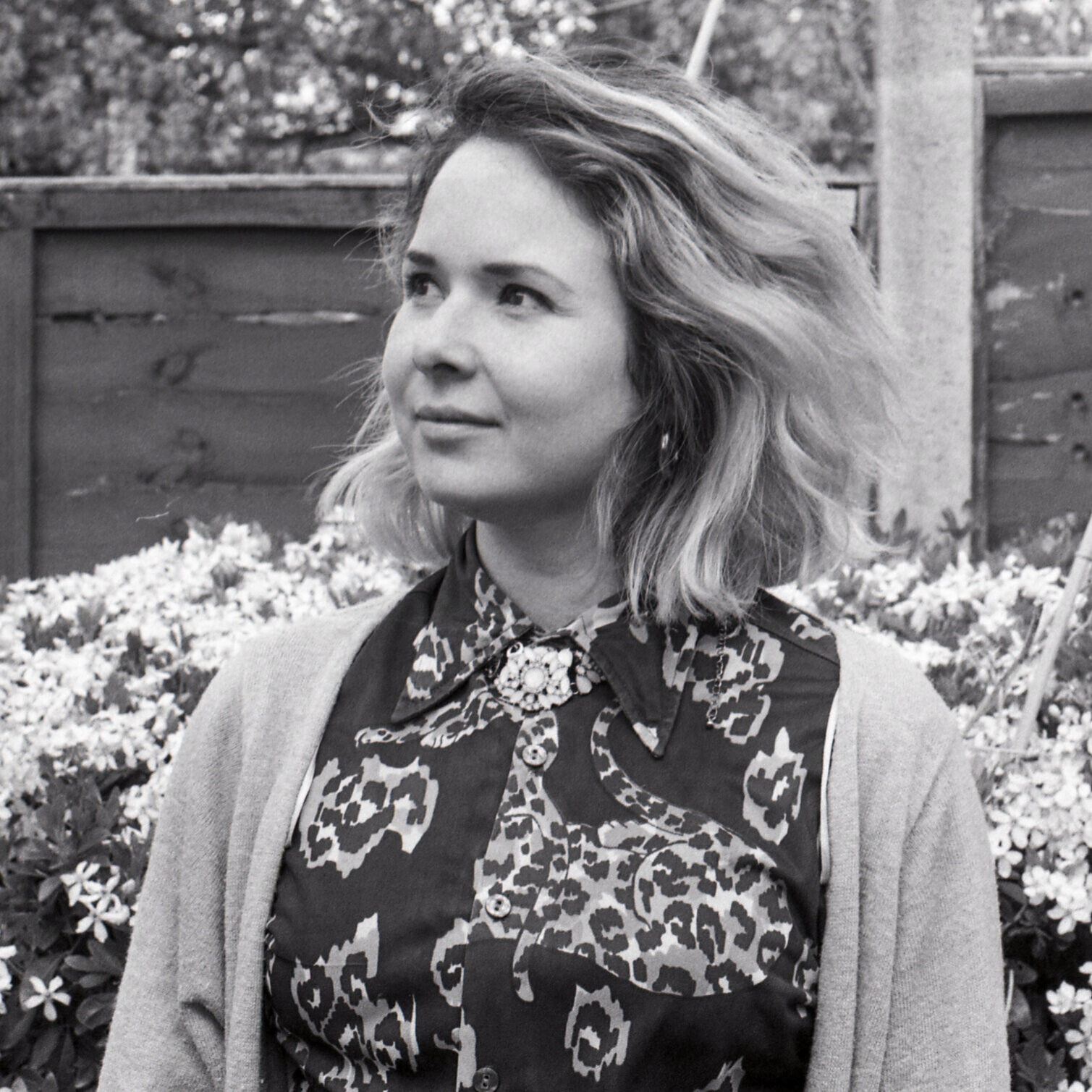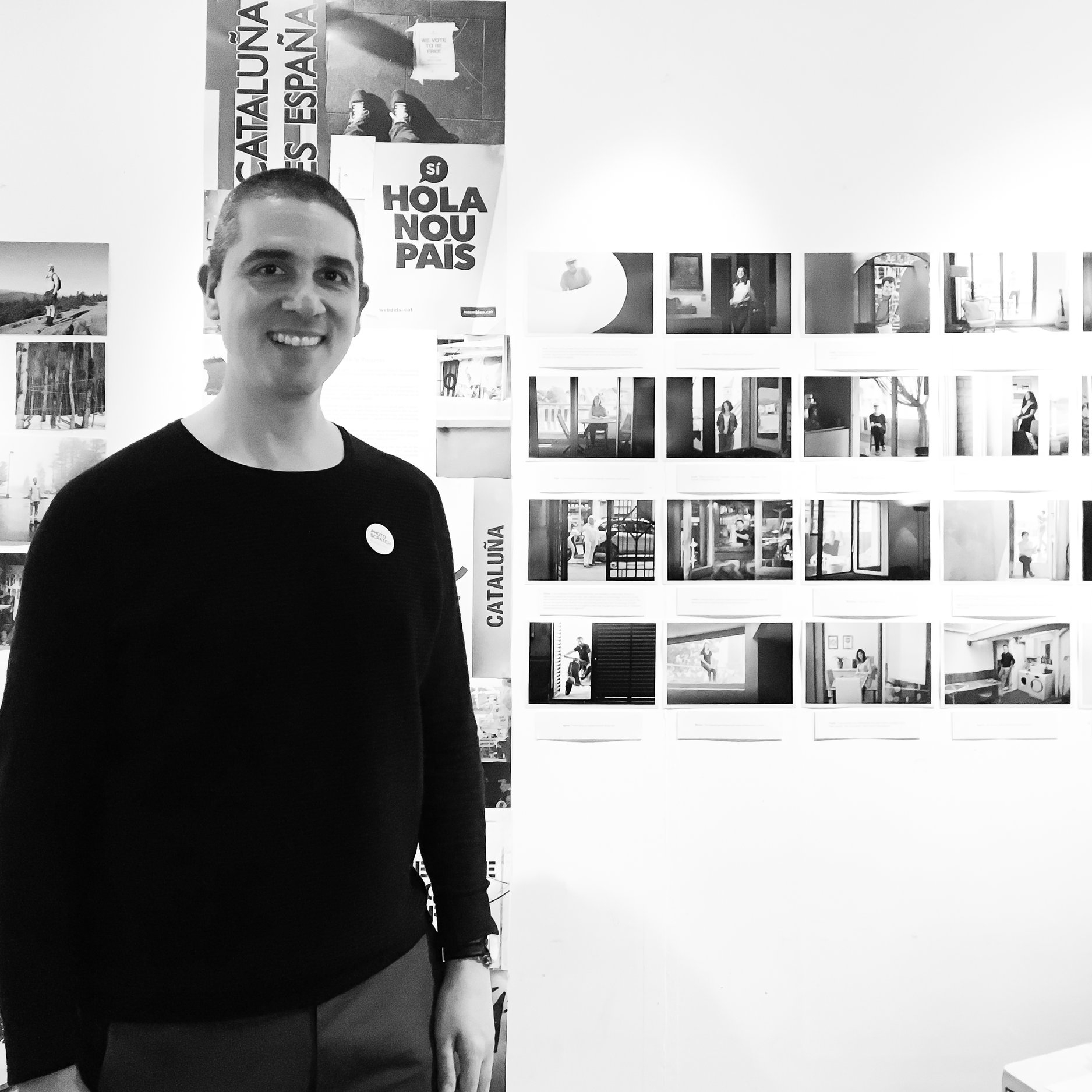Our role as photographers is to capture a world that others can't see, and in this process, we leave a little bit of us in every photo that we take. In a way, every single one of our photographs is also a portrait of ourselves.
In this series, A World That Others Can't See, I ask fellow photographers to talk about an image from their portfolios in order to discover the stories behind their work and to learn about the person behind the lens.
For the twelfth post of the series, social documentary and commercial photographer Zula Rabikowska shares with me her most recent work, from her self-portrait project "Becoming Herstory."
Zula says: “This image is part of my most recent series entitled "Becoming Herstory." This is a personal project which explores the idea of home, belonging and migration. I moved to the UK 20 years ago as a child and this move created a physical and cultural rupture with my family and Polish society. Using self-portraiture, I wear my ancestors’ clothes, connect with my family heritage, and highlight the war-torn complexity of Eastern Europe. I created this project during the 2020/21 winter lockdown and was my own creative director, stylist, assistant, model and photographer. The images were inspired by a personal need to reconcile parts of my family history and conversations with my mum.
My mum spent years bringing clothes and glassware from Poland to the UK, as these enabled her to maintain a physical bond with Polish culture, and helped us create a feeling of "home", something that we have always found difficult since moving to the UK. Holding onto these items facilitated a connection with the past and our family in Poland. In the series, I use various items, and amongst others, I include my mum’s first kitchen curtains, a handmade sheep coat, my grandma's special swimsuit and Coca Cola towels won in a radio competition. I “wear” and “perform” my family history and reflect on how the memories of women in my family have shaped my identity.
This self-portrait is called "My Mother's Dowery" and I wear my grandma’s special New Year’s Eve outfit, known as the “Nefertiti Collar” which was smuggled from Thailand. During Communism in Eastern Europe cash was largely worthless due to high inflation, and people invested in crystal, which was passed down through generations. It was quite normal for people to set up their own garden crystal productions and sell such items from their homes. The glass in this portrait was bought from my neighbours in Poland, which was part of my mum’s dowry. My grandparents, like a lot of of people at the time, invested in crystal, which was commonly referred to as "glass" (szklo in Polish), as a way of financial security, The background is created from a sequin fabric, which my dad used to sell in his clothes shop the 90s.
"My Mother's Dowery" from the series Becoming Herstory @ 2020 Zula Rabikowska
At the end of 2020, I found myself living back at home in London with my mum and my step-dad, and I started this series largely in response to my living situation and a way to stay busy during the winter lockdown. Since almost everything in the UK was closed during the winter months, and households were not allowed to mix, I became my own model and creative crew. I bought a studio lighting kit and in my mum's office set up a temporary studio for five weeks. She was using the room during the day for work, so the only time I could shoot was at 6am-9am and then after work and during the weekend, which created quite a strict shooting schedule for me. During the day I was looking at old family photos for inspiration, and sorting and compiling outfits from bags of clothes I found in the basement and the loft. My bedroom pretty much transformed into a dressing room full of clothes, makeup and wigs.
This was not the first time I was working with self-portraiture, as I developed an earlier project in the first 2020 lockdown called "Untried Realities", where I spent numerous hours behind and in front of the lens. This proved extremely useful, as when I started "Becoming Herstory" I was already comfortable with being the photographer and the subject. I created "Becoming Herstory" by placing my Nikon D800 on a Manfrotto tripod and used a self-timer, which gave me 10 seconds to move from pressing the shutter and arranging myself in front of a camera.
I am hoping that in the near future I will be able to organise an exhibition to show this work, and my plan is to exhibit the photographs alongside the clothes and objects that I used.”
Thank you so much, Zula, for sharing with me such a beautiful project and the story behind it! You can see more of Zula's amazing project at zulara.co.uk or her social media @zula.ra.
If you haven’t read the previous posts of this series, you can check the whole series here.
Do you like what you just read? Consider becoming a patron on patreon.com/jccandanedo where you can learn more about my creative process and the stories behind my images. I’d love to have you as part of my Patreon community.
You can also subscribe to my weekly blog posts here!























